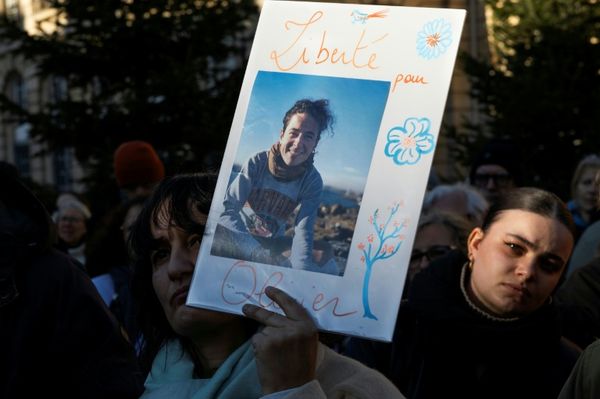A recent study has revealed the emergence of a new migration corridor between Surada block of Ganjam district in Odisha and Kerala marking a significant shift from the decades-old corridor between Ganjam and Surat in Gujarat.
Kerala is being increasingly preferred by the marginalised Scheduled Caste (SC) and Scheduled Tribe (ST) and Christian communities in Surada thanks largely to the absence of caste discrimination. The paper examining the interstate migration and the influence of caste in the decision to migrate was published in the Odisha Economic Journal.
The study was co-authored by Madhusudan Nag, Doctoral Scholar, Centre for Development Studies, Thiruvananthapuram; Benoy Peter, Centre for Migration and Inclusive Development, Perumbavoor; and Divya Varma, Aajeevika Bureau, Udaipur.
Surada block has one of the largest percentage of SC and ST population in Ganjam district. The villages and streets in Surada block are stratified based on the traditional caste groups, which are further internally stratified into sub-castes. The lower castes are dependent on land-owning upper castes and OBCs for their livelihood.
“Those who were considered as lower castes or ‘untouchables’ were treated harshly. This caste dynamics also reflects in the decision to migrate. For those from the lower castes, migration was not just a matter of survival, but it was also liberation from caste oppression.”
Upper caste migration
As Ganjam-Surat emerged as one of the major labour migration corridors in the country, the increasing migration of the dominant castes restored the caste-based oppression even away from home. This restricted the SC migrants to the margins and they slowly withdrew from Surat.
The quest for a safer destination among the SCs, STs and the Christian migrants from Surada attracted them to Kerala where work was abundant, wages for unskilled work were higher compared to Surat and the employers were less harsh. The presence of the upper caste migrants from Surada/Ganjam was negligible in Kerala.
Presence of Christians
In Kerala, the caste of migrant workers was not of any consideration. The large presence of Christians in Kerala also lured the Christian migrants, particularly after the Kandhamal riots in 2008.
“Migrants tend to cluster around in areas where there is a large presence of people from their communities. While doing so, the social stratifications that prevail at the source tend to get replicated at the destinations too, limiting the scope of social emancipation that migration could potentially offer to the marginalised communities. This compels migrants from the marginalised populations to explore newer destinations that are more egalitarian, more secure and have the potential to accelerate the social mobility of their current and future generations compared to the traditional destinations,” the study concluded.







